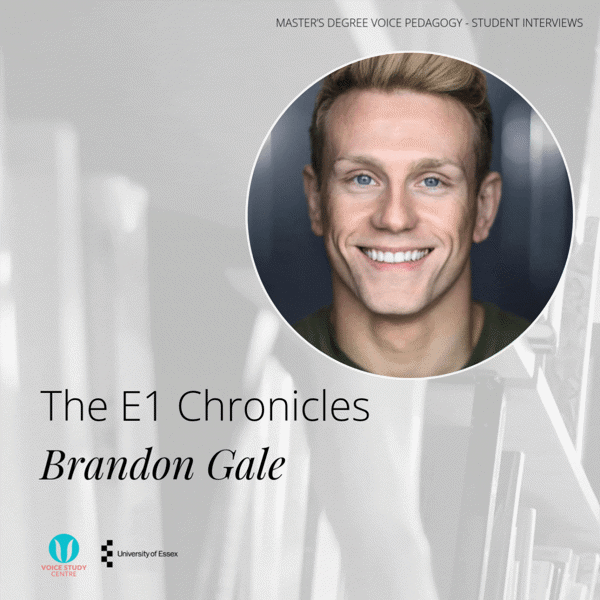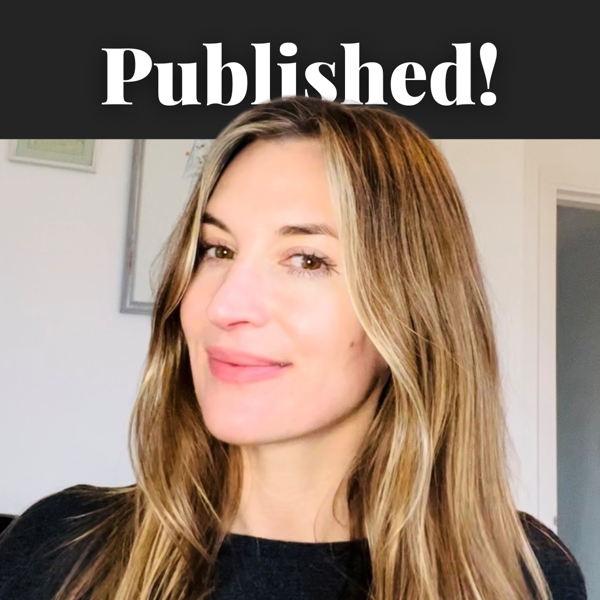Course Review: An Exploration of Mixing with Amanda Flynn
Friday 12th January 2024"A very clarifying and proved exposure on a very controversial and demanded matter. When it comes to soul and funk, mastering the mixing is a must. Thank you!" (Anonymous feedback from survey about this course)
Following on from the success of her ‘An Exploration of Belting’ short course in August 2023, Amanda Flynn delivered ‘An Exploration of Mixing’ this time round. The course began with a short introduction during which she explained that mixing is very convoluted (even murkier territory than belting!) and that there is so much we don’t know and also so much we disagree on.
In order to define ‘mixing’, ‘registration’ needs to be defined and so Amanda introduced a quote from Garcia (1847) before going into the different registers as defined by the modes of vibration in the vocal folds (M0, M1, M2 and M3). They each bear different qualities as follows (this was also demonstrated via a diagram image from DG Miller and HK Schutte (2005) and a laryngoscopy clip from YouTube):
- M0/Pulse/Fry – vocal folds are very slack
- M1/Modal/Chest/Speech – thickened vocal folds, square-shaped glottis, high amplitude, greater closed quotient
- M2/Head/Falsetto – long and thin vocal folds, triangular-shaped glottis, low amplitude, more equal closed and open quotient
- M3/Whistle/Flageolet – even thinner vocal folds with less of a vibrating edge
Registration can be separated into laryngeal registration – how the vocal folds close and vibrate – and acoustic registration – what happens above the larynx in the vocal tract. These two elements are particularly important when mixing comes into play – we have to understand how they react with each other in order to create a ‘mix’.
So, what is mixing? Amanda noted that the mechanics of mixing are not fully understood and the sound of a mix is not fully agreed on, which is what makes it such a fascinating topic. In the world of Musical Theatre (MT), ‘mixing’ is the sound that doesn’t really sound like belting but also doesn’t really sound like legit singing – it falls somewhere in the middle and has a speech-like pronunciation of words. But, not all genres will use the term ‘mix’ in the same way; many will think of it as the ‘middle voice’ bridging the gap between chest voice and head voice.
Is ’mixing’ a verb or a noun? Is it something we do, or does it define a location? Amanda noted that historically it has been thought of as a noun; a place or spot in the voice, but invited participants to consider it as a verb; something we can do in a variety of places within our range, combining different elements (laryngeal and acoustic) to produce different qualities rather than trying to blend modes and ‘reach M1.5’, for example. Further competing arguments from the likes of Dr Ingo Titze and Christian T. Herbst were shared before Amanda detailed her two components to mixing – shared resonance and pressure control.
The next part of the course featured some examples of mixing during MT songs, including ‘For the First Time in Forever’ from Frozen, and Amanda asserted her belief that mixing requires the same skill and almost the same range for all voices (‘gender neutral’), though there may be slight variations depending on larynx size, hormones, etc.
How do we teach mixing? Amanda defined her five skills that are really valuable and ideally have to be in place already in order to mix successfully, but noted that everyone’s journey is different and that there are so many other factors to consider. The five skills are (in no particular order or hierarchy):
- Legit Head Voice/Falsetto – making lofty, rounded shapes to be able to compare them to speechlike sounds
- Speaking in Chest Voice – clear, easy and transferrable to pitches
- Speaking in Head Voice – neutral, speech-like shape that we translate to head voice
- Registration Execution – the ability to control laryngeal registration with both shared or separate acoustic registration/resonance
- Belting – feedback/resonance while belting can be helpful as we can aim for similar feedback spots while mixing
The remainder of the course focused on a variety of exercises useful for teaching mixing, and then some common belting issues and how they might be rectified. Each section was supplemented by video clips of the exercises (featuring Amanda’s students and displaying different genres and genders), and valuable context from Amanda about each student and the journey they were on at the time of the recording. Here is a rundown of the exercises and common belting issues:
Legit/Lofted/Rounded Exercises:
- /u/ and /i/ vowels
- Descending exercises
- SOVTEs like straw phonation (mid-size)
Speaking/Chest Voice Exercises:
- Assessing speaking patterns
- Humming – finding ideal resonance
- Humming into words – continuing ideal resonance while speaking
- Humming into pitches e.g. ‘may oh may oh may’
- Speaking on pitch e.g. ‘let me tell you something’
Head Mix Exercises:
- Speaking throughout the range
- Speaking exercises in head voice e.g. ‘what’s up, my name’s _____’
- ‘Merrily, merrily, merrily, merrily’
- No/Yep/You 12321 – legit and then mix
Laryngeal Registration Execution Exercises, including:
- Zig zag e.g. /u/ /i/ /u/ /i/ /u/ /i/
- ‘May-u-may-u-may’
- ‘i’ slide
- No/Yes 12321
Belting Exercises:
- Call it out!
- Open belt vs closed belt
- Descending and ascending
Common issues:
- Too light – singer wants everything to be head/mix and is resistant to dropping down into chest;
- Too heavy – singer doesn’t trust that they can ‘let go’ and doesn’t quite want to shift into head voice when they need to;
- Too bright/nasal/forward – singer is stuck on idea that mixing needs to be super bright or super forward and can’t get away from that.



